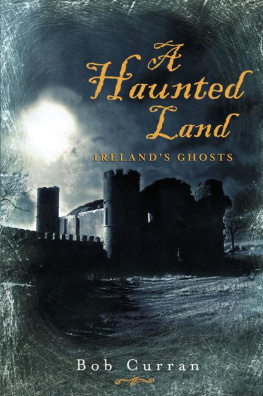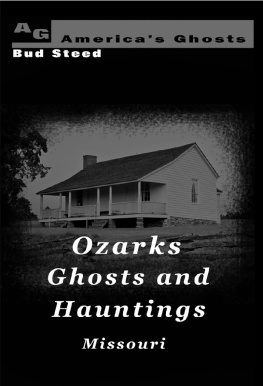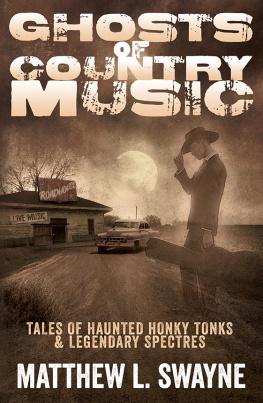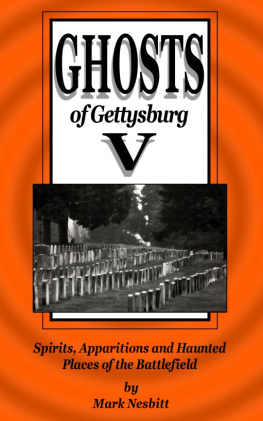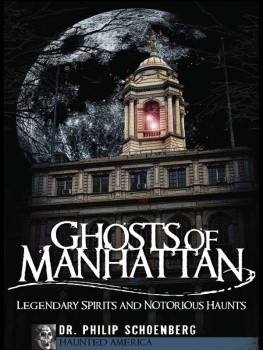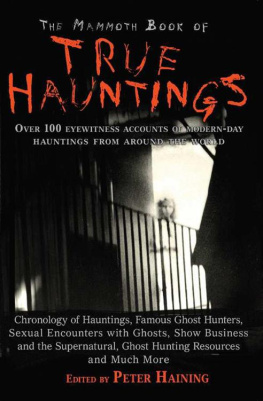I believe thatthere are few speculative Delusions more universally receivd than this. That those things we call Spectres, Ghosts and Apparitions are really the departed Souls of those Persons whom they are said to represent.
A Moreton (Daniel Defoe), Secrets of the Invisible World
Ghosts have always been with us. As our ancestors gazed out into the gathering prehistoric dusk, perhaps they saw things that were beyond their comprehension and suggestive of their own forebears. It was here probably that the ghost story was born and the tradition has continued down through Classical, Medieval and Victorian times to the present day. And even in these scientific and technological days, phantoms continue to fascinate us, particularly within the Celtic world. Why should this be so? Are there indeed such things as ghosts or is Defoe correct to label them as nothing more than Delusions? Part of the answer may lie in the Celtic tradition and psyche.
The Celts held a very different notion of death than we do today. Nowadays, we view our demise as the end of our interest or involvement in the material, physical world. We do not expect to influence or even to remain in touch with those whom we have left behind or who come after us once we have passed away. This was not the Celtic perspective. Although the Celtic Afterlife was never properly defined it was usually referred to as some vague and nebulous Otherworld it remained remarkably close to the sphere of existence of the living. Of course, the Celts held this belief in common with many other ancient cultures, but for them, given their ties of blood and kinship, it held a particular imminence. From their vantage point in the Otherworld, the dead watched their descendants, often with a paternal and friendly eye, and from time to time they intervened in the course of things to benefit those who followed them through the world.
Ghosts were not always terrifying. Although the Victorians did their best to turn them into creatures of menace and fear, most of the early Celtic spectres were benevolent and often returned to the world for a specific purpose. Sometimes it was simply to partake in those things that theyd experienced when alive, for, in the Celtic mind, the world of the dead was simply a kind of pale continuation of the world of the living. There the shades of the dead enjoyed less of the comforts than they had enjoyed in the material world and often yearned to return for short periods to enjoy a pipe, a good, warm fire or a decent meal. And from time to time, they came back to indulge themselves, and those whom they had left behind were required to support them as they did so. The early Brehon Laws the legal system of the early Celtic world reflected this, for they decreed that a corpse might own property: a horse, a cow, a suit of clothes and the furniture of his or her bed, and that these could not be sold in satisfaction of debt. The corpse was also entitled to have full enjoyment of these should it decide to return briefly. Tradition also stated that after some time in the cold grave the returning dead required a meal and a glass of spirits, and this was usually provided by the deceased s family. These Celtic revenants, then, seemed to be more corporeal than the drifting phantoms of later times, and they seem to have had hearty appetites as well! They returned from the Afterlife to enjoy the comforts of family life and companionship, and as long as these were provided they were content in their demise. Nor were they particular figures of terror in the community after all, they were relatives and neighbours and as such were to be welcomed back rather than feared.
There were, however, other reasons which might bring an ancestor back from the Otherworld. From their unseen vantage point, the dead could monitor the affairs of the locality which they had left and maintain a paternal interest in their descendants. So they might come back to intervene in the lives of their children. They could return to warn, to punish, to reward, to advise or to finish work that theyd left uncompleted in life. Thus the Limerick seamstress Grace Connor returned each night from the grave to complete a wedding dress that shed been paid to stitch before her death, and Daniel McShane came back from the grave to advise his son on the sale of their County Antrim farm. These were functions that theyd probably carried out in life and continued to do so after death.
The Church, of course, found itself in an ambiguous position. It couldnt really condone the idea of ghosts which it dismissed as credulous superstition, but it couldnt really deny them either since, by their supposed existence, they provided evidence of the Afterlife. Moreover, there was a Biblical endorsement for their function of issuing warnings and urgings to lead a better life. With regard to sinners and those who turned to evil ways, Luke 16.30 advised: If someone from the dead visits them, they will repent! The dead, it seemed, were actually carrying out Biblical teaching and the Church couldnt wholly denounce them.
Besides, there was another, profitable perspective which the Church might use and which it exploited to its full extent. In doing so it changed the perception of the dead in the Celtic mind. Masses might be said for the dead and Masses meant money for the priests. If families were negligent in the payment of the priest to say such Masses, then the dead might be annoyed (since they were delayed in Purgatory, which appears to be a continuation of the Otherworld, and thus denied their Eternal Reward) and might return to dole out retribution for such neglect. And their vengeance would be awful. And thus the idea of the angry dead was born phantoms who would terrorise the living and wreak untold horrors upon them. Of course, there had been elements of such things in earlier ghost stories for instance, tales of the ghosts of malevolent misers or wife-beaters appear in early Roman folklore but the Christian Church played the perception for all it was worth. Its sole purpose for doing so was to encourage individuals and families to throng into the churches and pay the priests to say Masses for the repose of their dead ancestors. By doing so, people hoped to gain some measure of protection from those who had passed beyond the grave. And, of course, the churches benefited financially from it too.
With the onset of the Age of Enlightenment and the Victorian period, ghosts assumed a rather ambiguous position. On one hand, they were dismissed as pure fantasy, and yet they retained a distinct fascination for many people. Despite the rise of Rationalism and scientific enquiry, there was still what could be described as a thirst for immortality amongst the common people and the appearance of ghosts served as evidence for the existence of the eternal soul. And yet, there was also an element of danger to these phantoms. In the past they had appeared at all times of the day midday being a particularly auspicious time to see them now they appeared only at night-time and in darkened places. It is easy to see why this was so the gloom and the shadows distort everyday things into monstrous and threatening shapes. Appearances during the night added an air of mystery and menace to the idea of a ghost.
Gradually, spectres became associated in the popular mind with eerie and lonely places isolated earthen forts, dark clumps of trees, lonely lakes and derelict houses, and the ghost stories and folktales concerning the supernatural usually reflected this. If places looked eerie and were not haunted, ran the wisdom, then they should be and in the later Celtic world, with its rich tradition of tales, there was no shortage of imaginative storytellers to create the associated ghosts.

